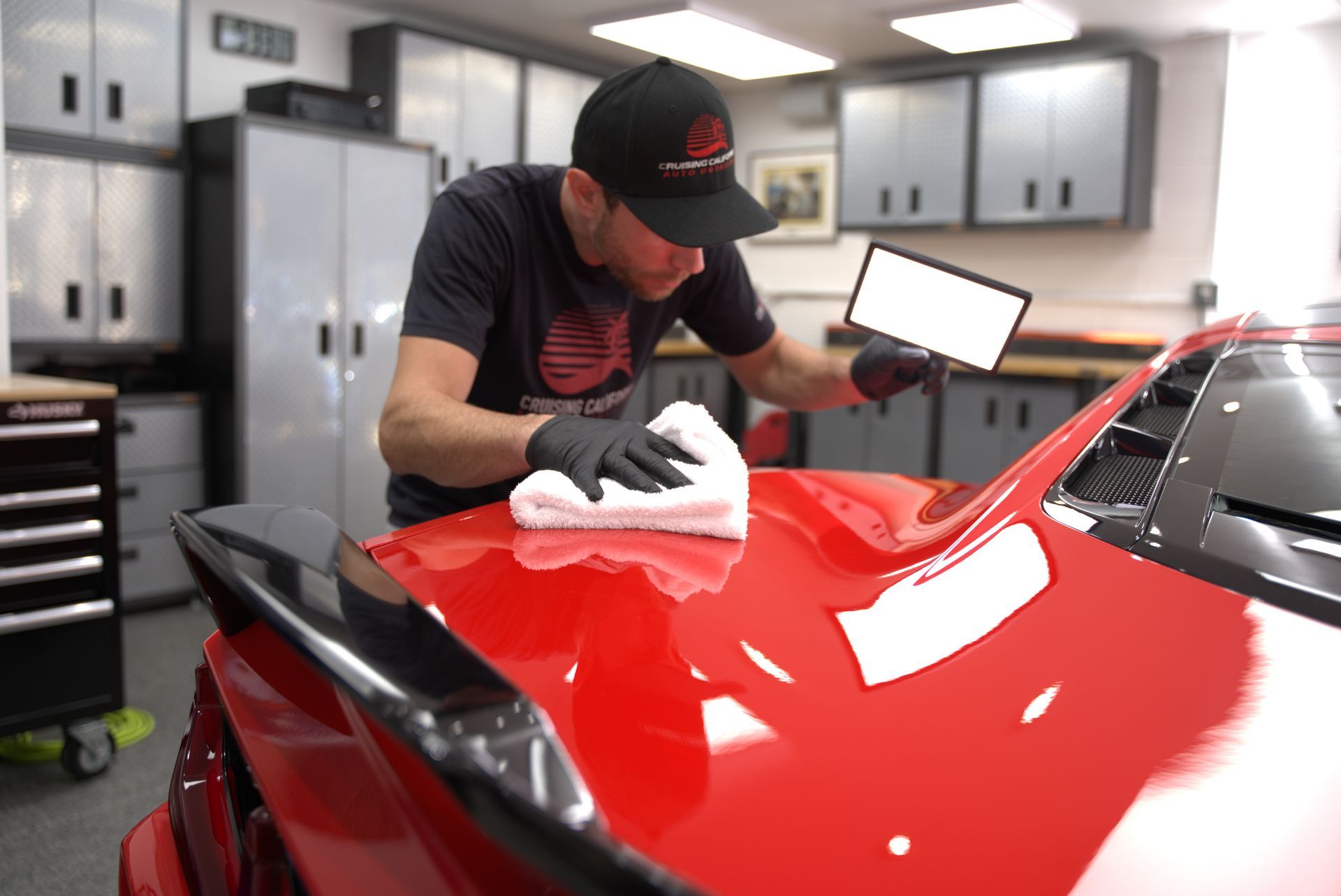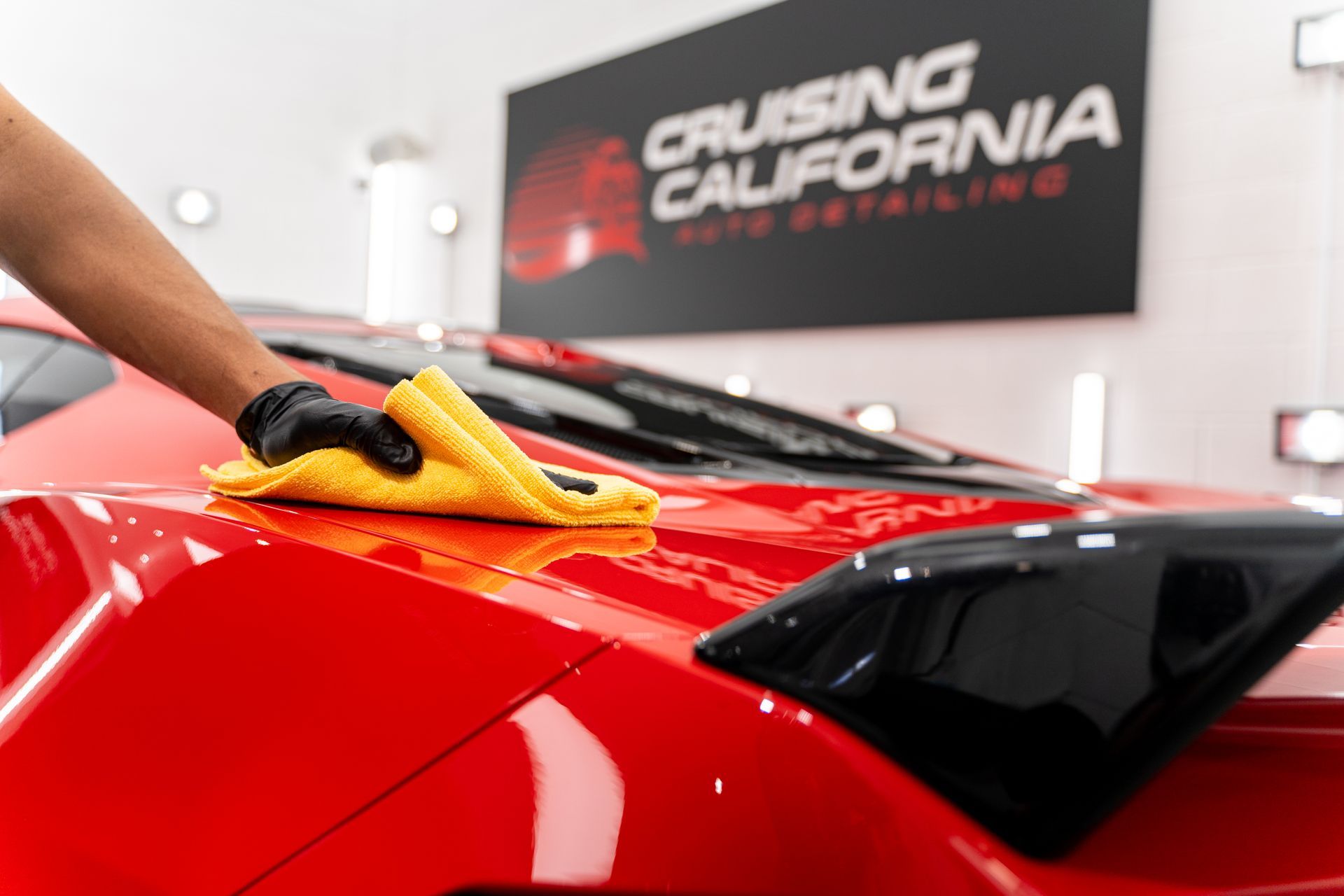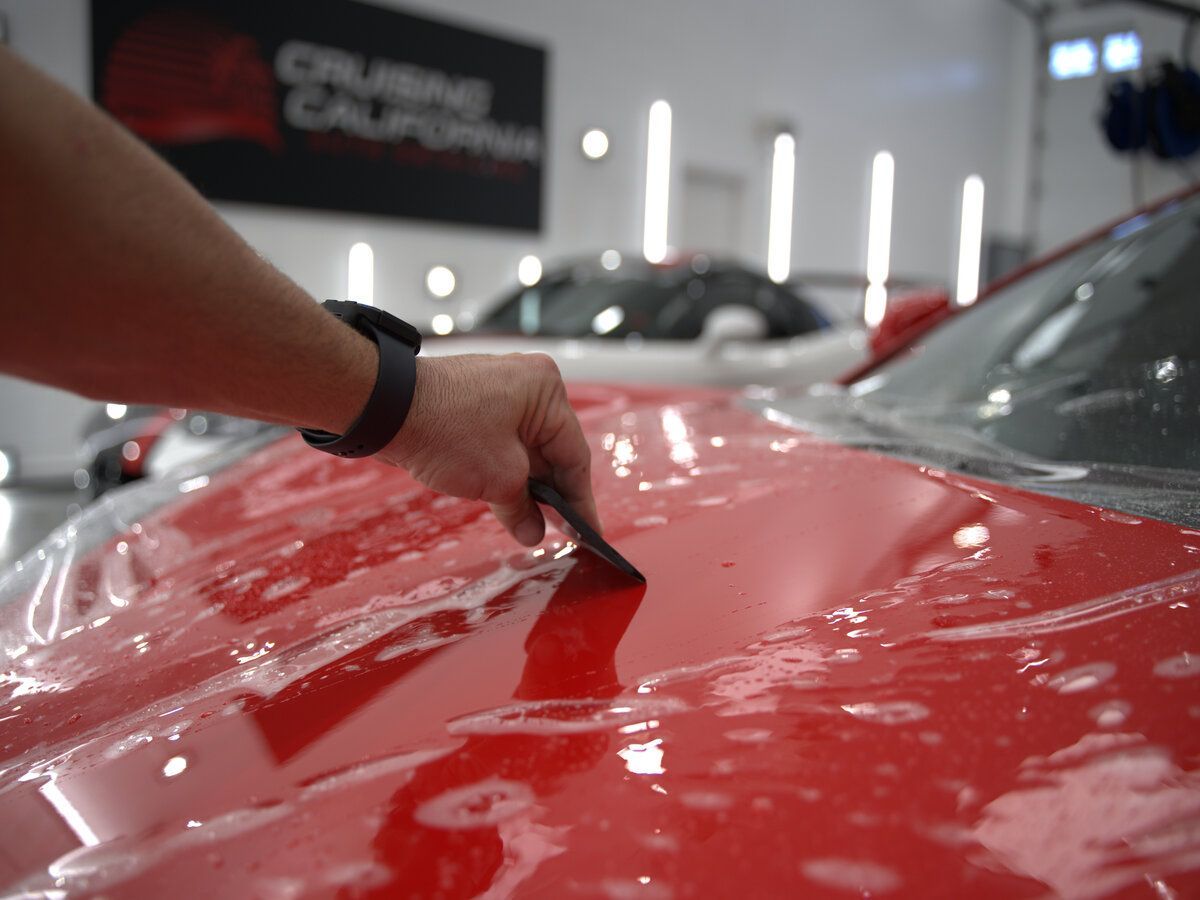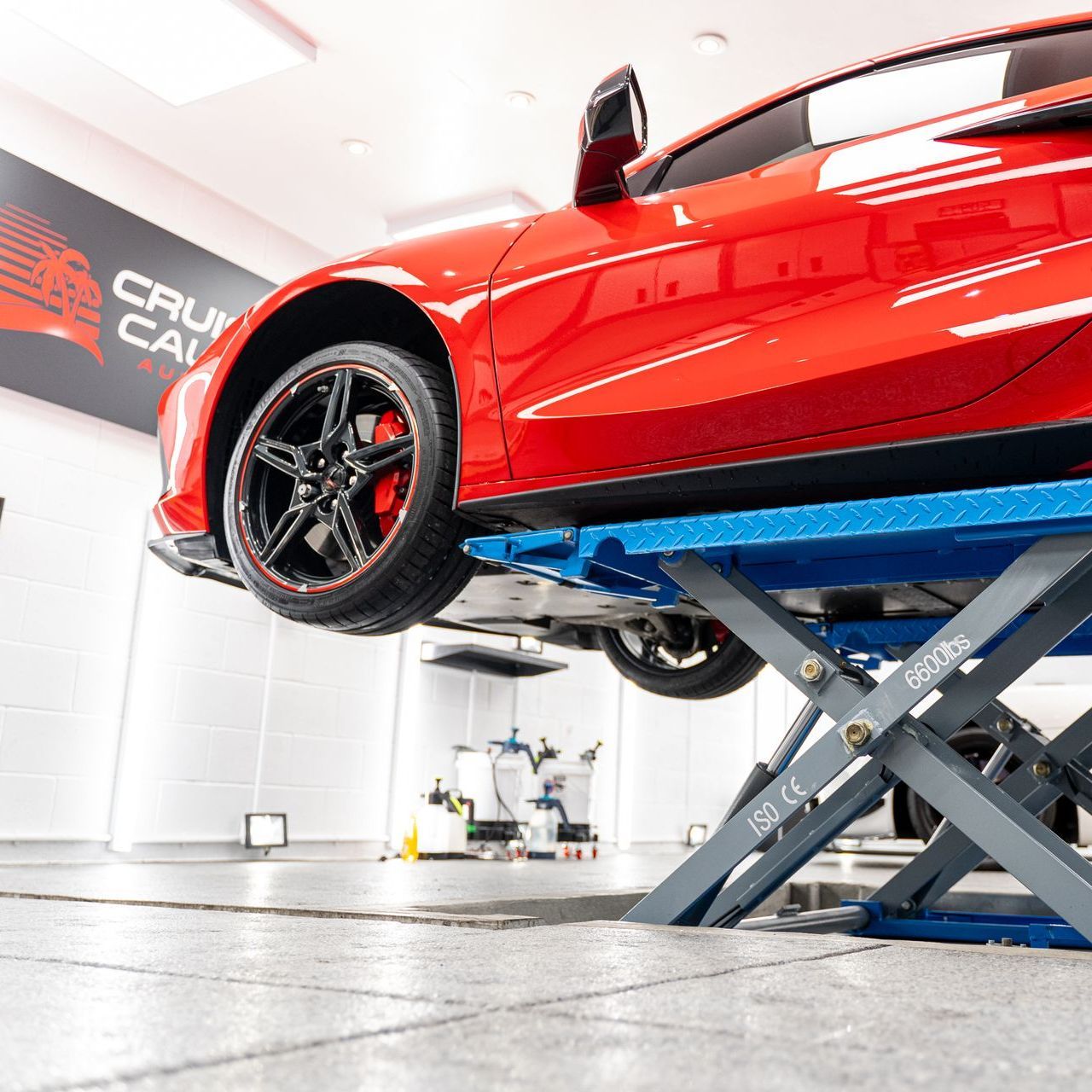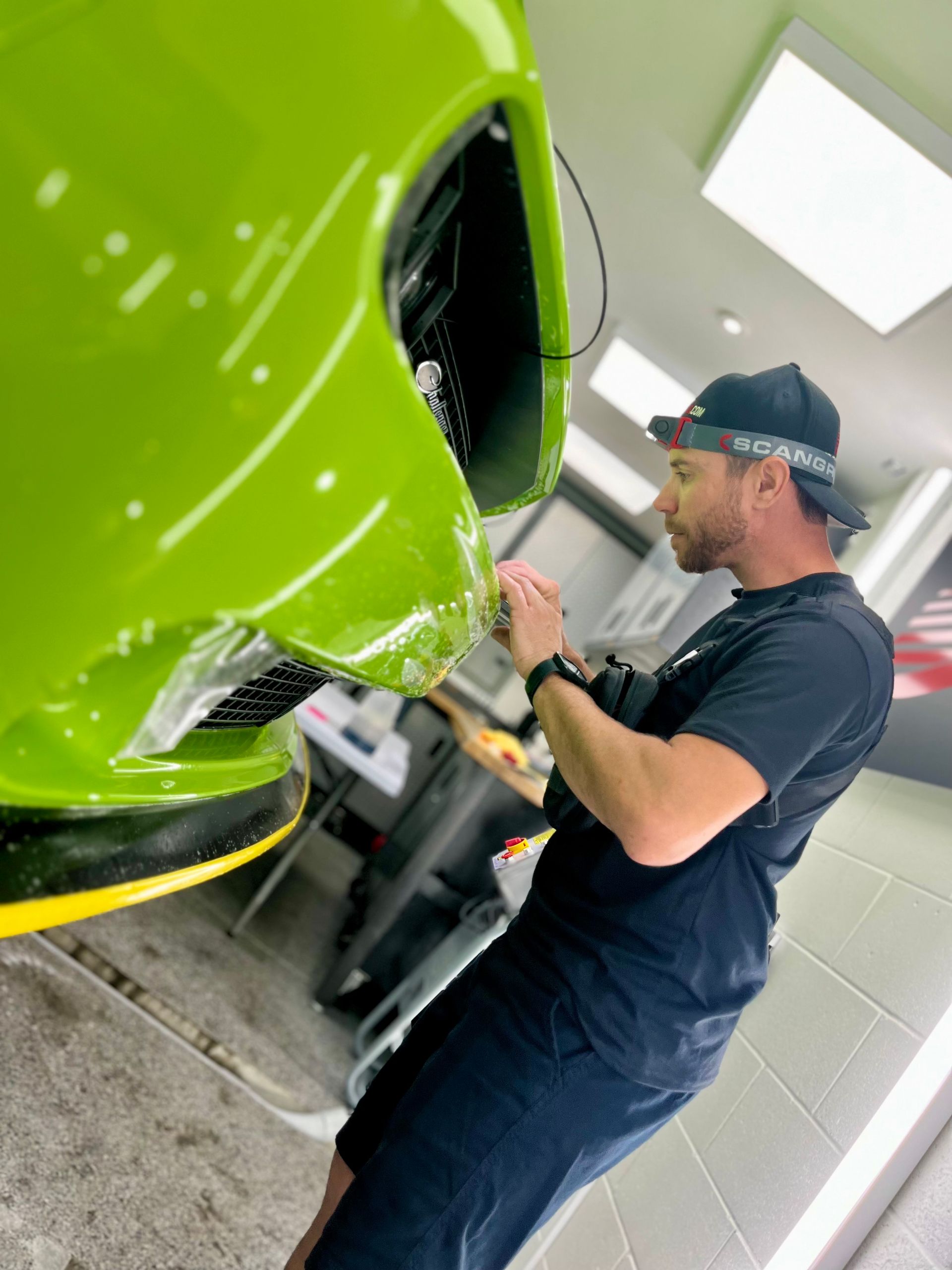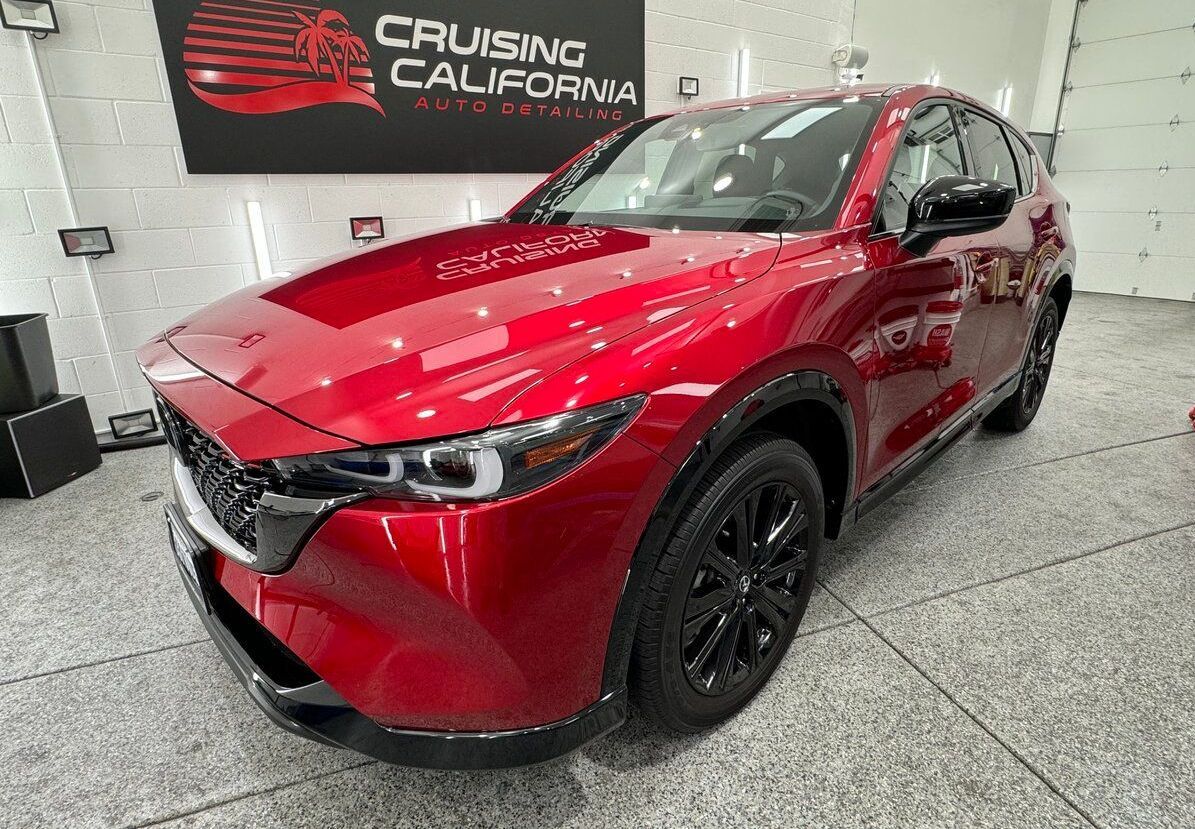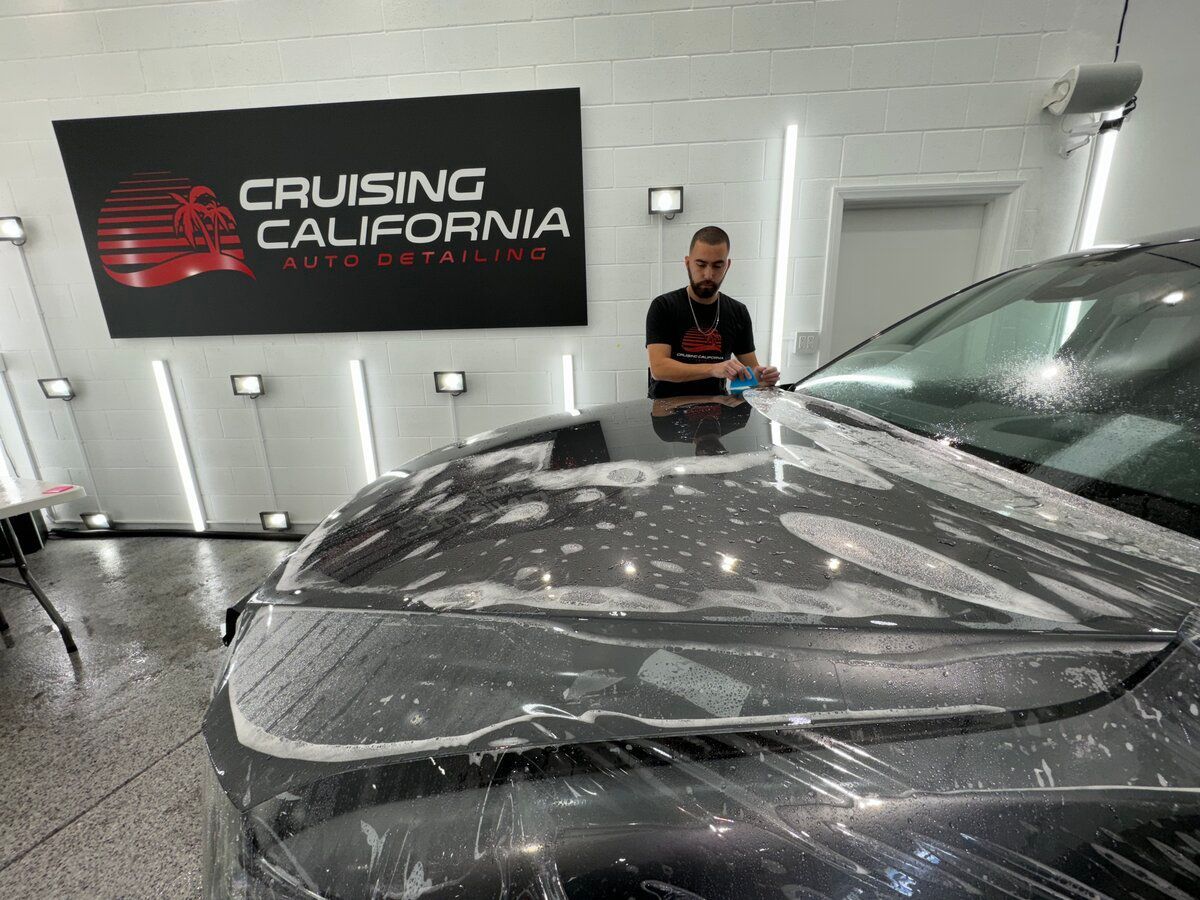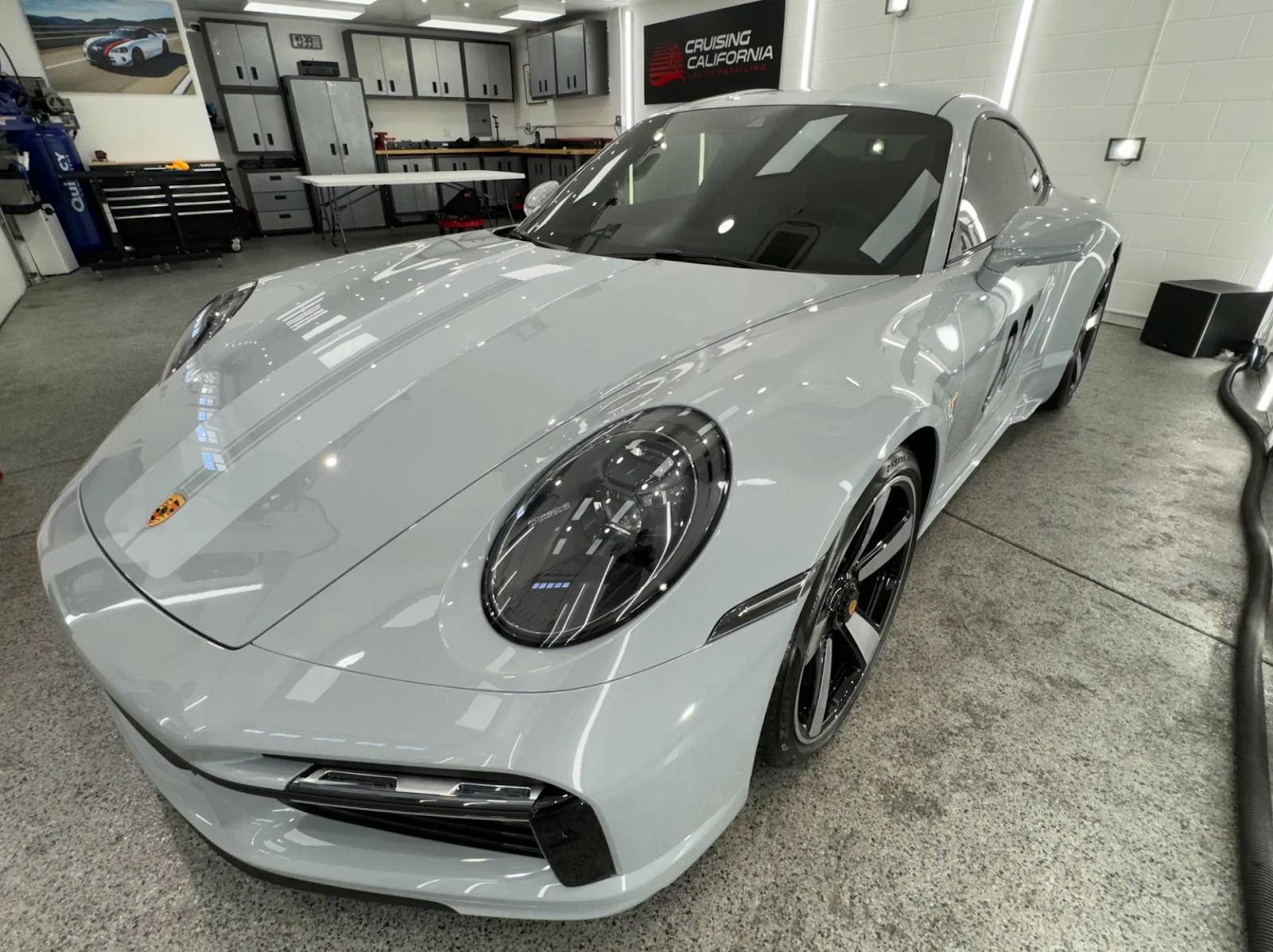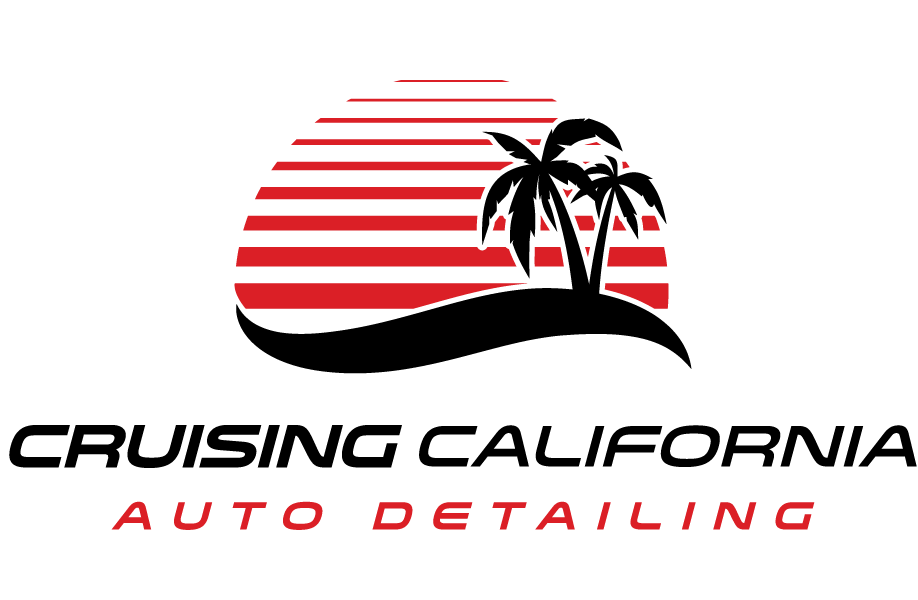For those meticulous about maintaining their ride's pristine look, finding effective long-term solutions is a top priority. Ceramic coatings often come up in these conversations, praised as revolutionary protectors of automotive beauty. This cutting-edge technology forms a lasting chemical bond with your vehicle’s paintwork, significantly outperforming traditional waxes in every measure—durability, UV protection, and gloss.
Ceramic coatings can enhance a vehicle's long-term resale value by providing a protective layer that helps maintain the original paint condition, making it more appealing to potential buyers. However, while some detailing enthusiasts may recognize the benefits of such treatments, many average consumers may not prioritize or be aware of them when considering a purchase, indicating that the overall condition and maintenance of the vehicle will ultimately play a more significant role in its resale value.
The Science Behind Ceramic Coatings
At their core, ceramic coatings harness the power of chemistry to deliver superior protection. When applied, these coatings create a robust chemical bond with the vehicle's paintwork, forming a surface that behaves differently than paint alone. This bond is composed primarily of silicon dioxide (SiO₂), which interacts with the surface at a molecular level. Unlike traditional wax or sealant, which merely sits on top of the paint, ceramic coatings penetrate and adhere to the surface, creating what can be described as a glass-like shield. This unique characteristic means that not only does the coating provide an extra layer of protection, but it fundamentally alters how the car’s exterior interacts with environmental factors.
One of the most critical benefits of this chemical bond is its resistance to oxidation. Typically, when paint is exposed to UV rays from the sun, it undergoes a process of degradation leading to fading and eventual peeling. Ceramic coatings act as a barrier against these harmful rays, preventing oxidation and keeping your vehicle's color looking fresh and vibrant for much longer. As a result, cars with ceramic coatings maintain their aesthetic appeal over an extended period. Ceramic coatings can sustain up to 80% of their original paint quality after five years compared to conventional options that degrade significantly within months.
Ceramic coatings can also reduce environmental damage, showcasing their durable nature against contaminants like bird droppings, tree sap, acid rain, and other harsh substances. Beyond protecting your paint from fading and etching, ceramic coatings exhibit remarkable hydrophobic properties. This means they repel water and dirt effectively. When it rains or if you wash your car yourself, you may notice that water beads off the surface instead of sticking—making cleanup significantly easier. With less grime accumulating on your car and fewer washes required, this improved cleanliness contributes directly to lower maintenance costs over time.
It becomes evident that ceramic coatings are not merely an aesthetic enhancement; they are a scientifically-backed solution for preserving vehicle surfaces against daily rigors.
Long-Term Advantages Over Waxes
When deciding between ceramic coatings and waxes for protecting your vehicle's finish, understanding the differences in their longevity and effectiveness is crucial. Both options offer unique benefits, but ceramic coatings stand out due to their durability and long-term protection. Here's a breakdown of the key differences to help you make an informed decision:
- Longevity and Reapplication Frequency: Ceramic coatings outlast waxes by a significant margin. While waxes provide protection for 2 to 4 months, ceramic coatings can last up to five years with proper maintenance. This longevity means fewer applications and more consistent protection over time, making ceramic coatings a long-term investment in your vehicle's appearance.
- Superior UV Protection: Both ceramic coatings and waxes offer UV protection, but the key difference lies in how long they maintain this defense. Ceramic coatings provide extended protection against harmful UV rays, preserving your car's paint from fading over time. Waxes, while effective initially, lose their protective properties more quickly, making ceramics a better option for consistent, long-lasting UV defense.
- Hydrophobic Properties: One of the most notable advantages of ceramic coatings is their superior hydrophobic properties. While waxes can initially repel water, the effect fades quickly. Ceramic coatings, however, create a strong bond with the vehicle’s surface, allowing water and dirt to slide off easily. This makes cleaning easier and reduces the likelihood of water spots and stains, keeping your car looking fresh longer.
- Shine Retention Over Time: A year after application, vehicles with ceramic coatings retain an impressive luster, while wax-protected cars struggle to maintain their shine. This durability is a key difference, as ceramic coatings enhance your car’s gloss for longer periods, contributing to its aesthetic appeal and overall value retention. Waxes, on the other hand, require more frequent reapplications to achieve similar effects.
While both ceramic coatings and waxes offer protection, ceramic coatings clearly outperform in terms of longevity, UV protection, hydrophobic qualities, and shine retention. Investing in a ceramic coating not only saves you from frequent reapplications but also helps maintain your car’s appearance and value over time.
The Impact on Resale Value
When it comes to selling your car, first impressions matter immensely. A vehicle that shines brightly and looks new can make prospective buyers take notice right away. Ceramic coatings provide this level of pristine appearance, acting as a robust barrier against dirt, UV rays, and other elements that wear down paint over time. Imagine you're browsing for a used car; you’re likely to gravitate towards the one that looks well-maintained, aren't you? That initial sparkle invites higher bids simply because it reflects care and attention.
Interestingly, statistics back this observation. Reports indicate that cars with ceramic coatings often command prices up to 20% higher than their non-coated counterparts. This increase isn’t just about the surface shine; it’s also about peace of mind. As potential buyers see a well-preserved exterior, they subconsciously associate it with the overall condition of the vehicle. In fact, vehicles boasting these protective coatings spend less time on the market. That's a telling sign that buyers are drawn to the benefits these coatings offer—and quickly!
It's important to recognize that buyers assess more than just the color or brand of the vehicle. They look for signs that suggest longevity and reduced future upkeep costs. A shiny exterior covered in protective ceramic coating sends a clear message: this car was cared for meticulously. Such an impression encourages buyers to pay a premium rather than settle for something that looks worn or neglected.
Durability and Easy Maintenance
One of the key advantages of ceramic coatings lies in their impressive durability and minimal upkeep. The technology behind these coatings creates a strong protective barrier on the vehicle's surface, significantly enhancing its resistance to environmental factors such as UV rays, road salt, and other contaminants. Unlike traditional wax or sealants that can wear off and leave your paint susceptible, ceramic coatings form a long-lasting bond with the paint, providing protection that can last for several years—some products even guarantee up to ten years of performance.
The hydrophobic properties of ceramic coatings play an integral role in making vehicle maintenance remarkably easier. With water, mud, and grime unable to cling to the surface, cleaning becomes a more straightforward task. Picture this: after a rainy day, instead of battling dirt and stains, a simple rinse under a hose often suffices to keep the car looking fresh. Imagine how liberating it is not having to scrub or use harsh chemicals frequently. Instead, you can just enjoy your weekend without worrying about detailing your vehicle constantly. This ease of maintenance is particularly beneficial for those living in areas where rain or snow is common. Rather than spending precious time washing your car every few days, you can spend that time with family or doing activities you genuinely enjoy.
However, the upfront cost of applying a ceramic coating can seem high compared to traditional waxing methods. However, when weighing that initial investment against the time saved—and the lower costs associated with ongoing maintenance—the true value becomes apparent. By protecting against wear and tear effectively, ceramic coatings help preserve the vehicle's aesthetic appeal and longevity, ultimately saving owners money both on maintenance and future resale efforts. While some might focus on immediate expenses, understanding the long-term benefits of ceramic coatings reveals an entirely different perspective—one that highlights their durability and proprietary ease of maintenance as central selling points.
Costs vs Benefits Analysis
The upfront cost of ceramic coating often raises eyebrows. Ranging from $800 to $2,000 depending on factors like vehicle size and brand, it's a significant investment compared to traditional waxing, which typically costs around $100 annually. However, this comparison simplifies a more complex picture.
Let’s think about longevity—ceramic coatings last between 5 and 10 years, while wax requires reapplication every two to four months. This stark difference in durability means that over time, those annual waxing fees can quickly add up, potentially totaling thousands without providing the same level of protection. By opting for a ceramic coating, you're not merely spending money; you’re making an investment that saves you from frequent touch-ups, thus reducing ongoing maintenance costs in the long run.
Protection and Value Retention
Beyond mere cost comparisons, consider what you're securing with that initial investment. Ceramic coatings offer high UV and environmental protection compared to just the medium provided by wax. This means your paint is shielded from harmful elements such as sun damage, rain degradation, and chemical etching. In a practical sense, this translates into retaining both the aesthetic appeal and structural integrity of your vehicle.
Additionally, there’s a tangible benefit when it comes time to sell your car. Research indicates that vehicles with ceramic coatings can command significantly higher resale values due to their preserved condition. When considering these factors—higher resale value coupled with lower maintenance costs—the long-term benefits truly start to shine through. It’s not just about what you spend now but how much you save—and earn—over time.
Analyzing these crucial elements aids in making a well-informed decision that aligns seamlessly with your immediate needs and future financial goals. In essence, investing in ceramic coating not only protects your vehicle’s appearance but also enhances its long-term value, making it a smart choice for any car owner.
Best Ceramic Coating Service in El Cajon, CA
For
unmatched ceramic coating services in El Cajon, CA, CCA Detailing & Ceramic Coating | PPF delivers superior protection for your vehicle. Our high-quality ceramic coatings provide a durable, glossy shield that resists harsh weather, UV rays, and contaminants, keeping your car’s paint flawless for years. With expert application and attention to detail, your vehicle will enjoy enhanced durability and a stunning finish. Rely on CCA Detailing & Ceramic Coating | PPF to give your car the protection and shine it deserves. Call us at (619) 916-6157 to get started!



